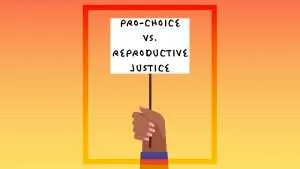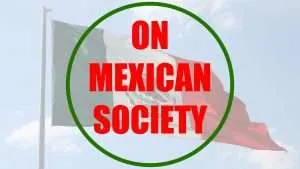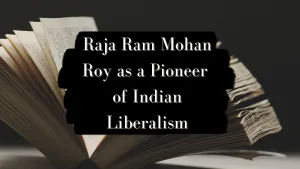Editorial Note:
This blog series offers accessible explainers on reproductive health, policy, politics, and social movements. Each post focuses on one aspect of reproductive health and provides an overview of the history, current conversations, and research on the topic.
From the author: From environmental movements to the criminal legal system to new age instagram, reproductive health and politics covers a lot of ground! It is a full time job staying up to date and I should know because it’s my full-time job! I know not everyone can spend hours a week reading up on reproductive health, so I’ll boil it down to 800 words or less so you can get and stay in the repro know.
Get in the Repro Know: Reading List
- Zakiya Luna: Reproductive Rights as Human Rights
- Leslie Reagan: When Abortion Was a Crime
- Dorothy Roberts: Killing the Black Body, Shattered Bonds, Torn Apart, Fatal Inventions
- Suzanne Staggenborg: The Pro-Choice Movement
- Patricia Zavella: The Movement for Reproductive Justice
- Collective works of Loretta Ross
- Collective works of Wagatwe Wanjuki
- Siri Suh: Dying to Count: Abortion Care and Global Reproductive Health Politics in Senegal
- Krystale E. Littlejohn: Just Get on the Pill
- Katrina Kimport: No Real Choice
- Laura Briggs: How All Politics Became Reproductive Politics: From Welfare Reform to Foreclosures to Trump
- Advancing New Standards in Reproductive Health
- Guttmacher Institute: research on reproductive health policy
Beyond Abortion Part 1: Sterilization in the United States
In previous posts I’ve referenced tensions between people of color (POC) led organizations and historically white organizations. White women, people of color, and queer people of all races do not necessarily face the same reproductive threats at the same rates and to the same degree. Access to contraceptives and abortion is often the main concern of historically white reproductive health organizations because white women—particularly middle and upper class white women—were pressured and encouraged by social forces to have children. Doctors and family members discouraged these women from delaying marriage and childbearing. Doctors were resistant to supplying contraceptives, tubal ligations, and/or abortions to these women. We see echoes of this in the “great replacement” rhetoric discussed in previous blog entries.
This uneven access to contraceptives is consistent with racial projects* related to white supremacy. The state—meaning the many actors with political power and authority that govern a country—has the power to incentivize some populations to grow while discouraging others. This power (biopower) is referred to as “population management” (Foucault 1990). Population management can be blatant and severe—its most extreme manifestation is genocide—but it can also be more subtle such as tax credits for having children or subsidized contraceptives for stigmatized groups.
In the U.S. people of color, immigrants, and poor white people are targeted for sterilization and long acting reversible contraceptives (LARCs). LARCs are a great option for effective contraceptives but in the U.S. coercive strategies target racially marginalized groups. The prison industrial complex is used to pressure individuals of all genders to opt into LARCs or sterilizations. Incarcerated people and people on parole are given incentives or threatened with loss of freedom if they refuse.
History of Forced and Coerced Sterilization in the U.S.
The U.S. has a long history of forced and coerced sterilizations. It was legal well into the 1970s for public health officials to sterilize patients without their consent. Tens of thousands of people were legally sterilized without their knowledge or consent based on racist and sexist junk science. Despite the formal banning of this practice, sterilization and LARCs are still pushed onto marginalized populations as a solution to social problems such as poverty and crime. Suggesting that the root causes of poverty and crime are marginalized populations having too many children is both inaccurate and steeped in classism and white supremacy.
The link between poverty and family size is complex and disputed in the U.S. While it is true that larger families must spread their resources between more family members, some studies find families with higher incomes are more likely to have additional children (i.e. people have more children when they believe they can afford them). Books like Edin and Kefalas’s Promises I Can Keep found that having children earlier in life did not impact women’s level of poverty but did connect them resources and provide structure and encouragement that they would not have had otherwise. The idea that children are are luxury for the wealthy goes directly against core reproductive justice concepts.
In reproductive justice, the right to have children is just as important as the right to NOT have children. Historically, privileged (married) women did not have to worry about the right to have children—socially and legally they were encouraged to have children early and often. They did face barriers to accessing contraceptives, tubal ligation, and abortion. Historically white organizations feared any additional regulations would serve as further barriers to white women seeking long term solutions to fertility while POC led organizations were actively campaigning to add protections against forced and coerced sterilizations. The threats to reproductive autonomy varied across racial and class groups undermining collaborations to challenge them.
*A racial project as defined by Omi and Winant in The Racial Formation of the United States refers to the process of assigning racial meaning and significance to identities. Racial projects embed racial meaning onto practices. They create the social construction of race.






